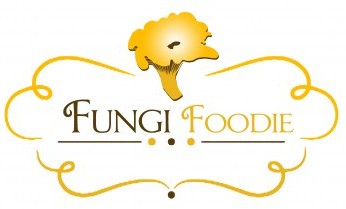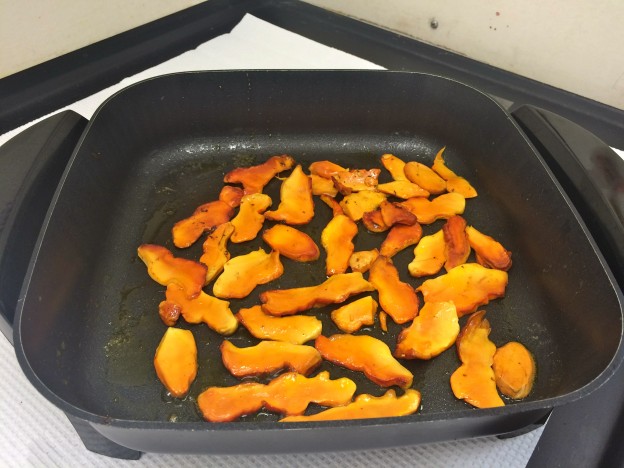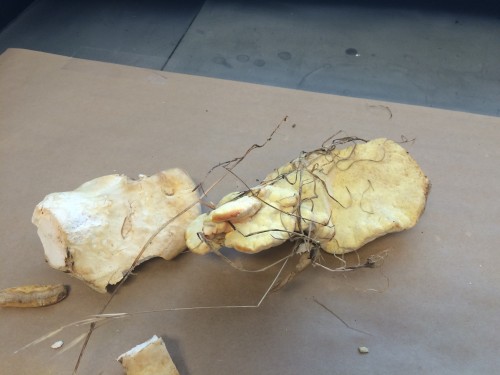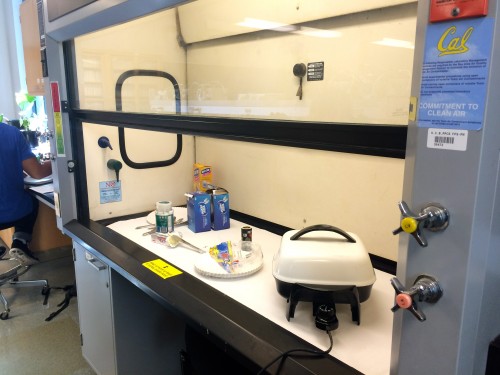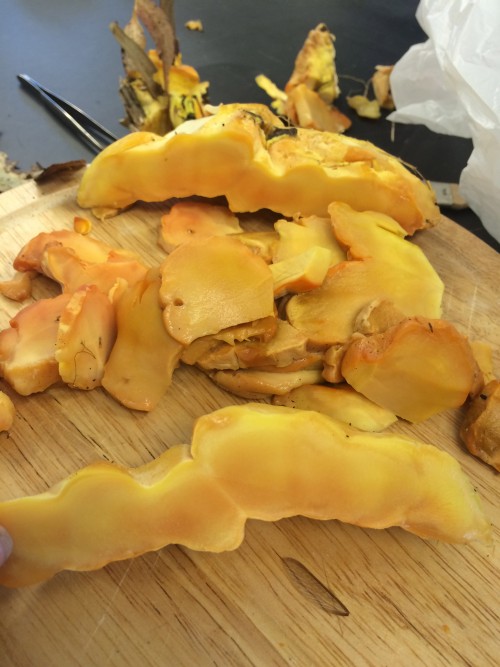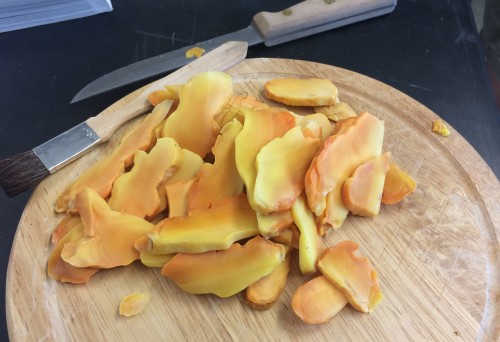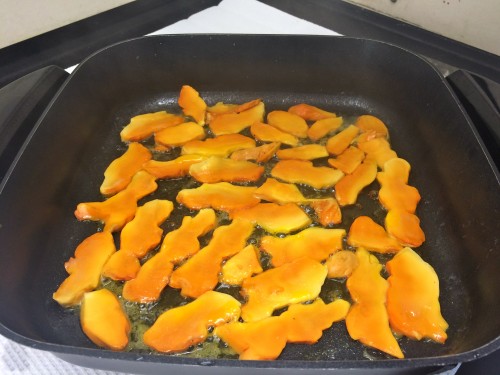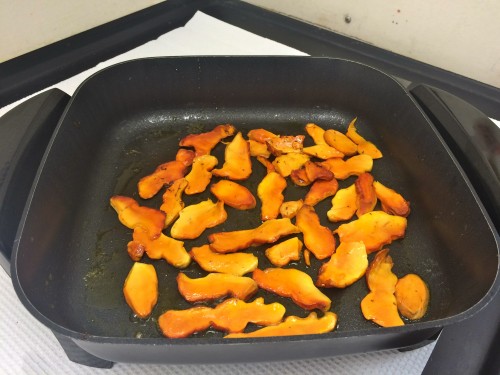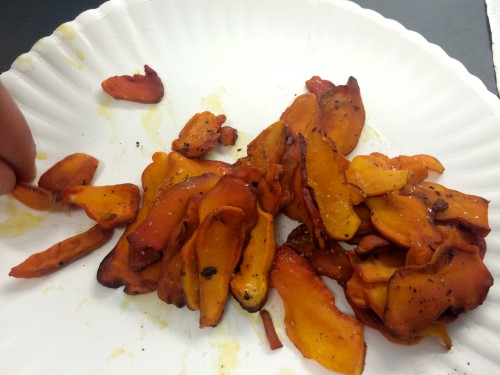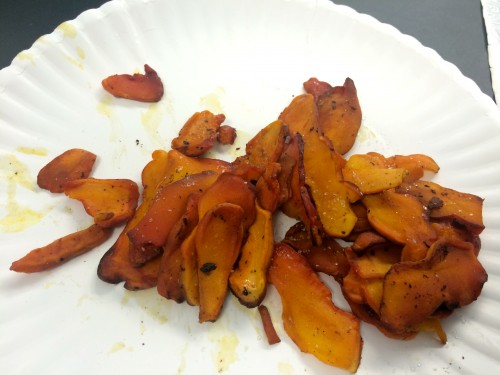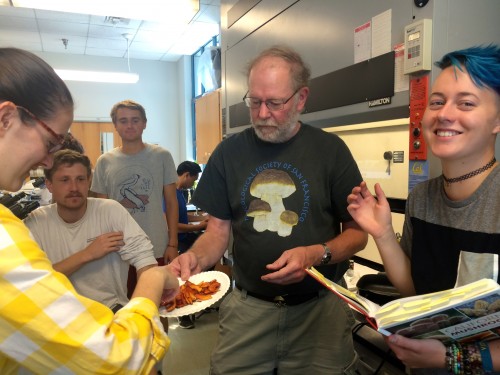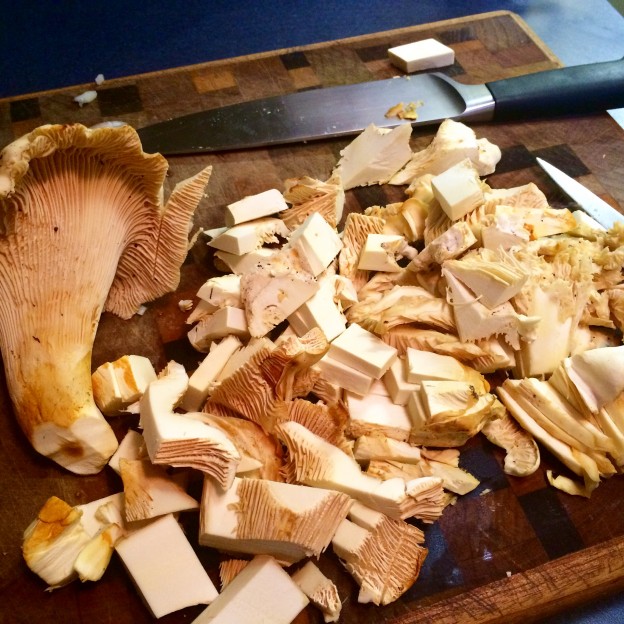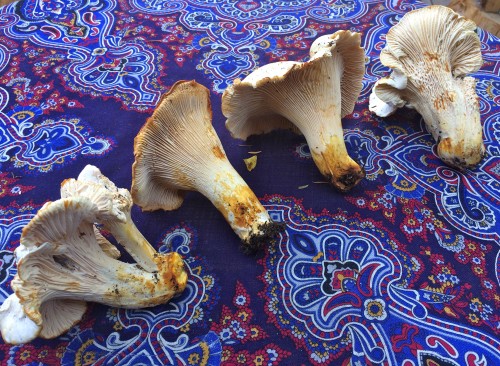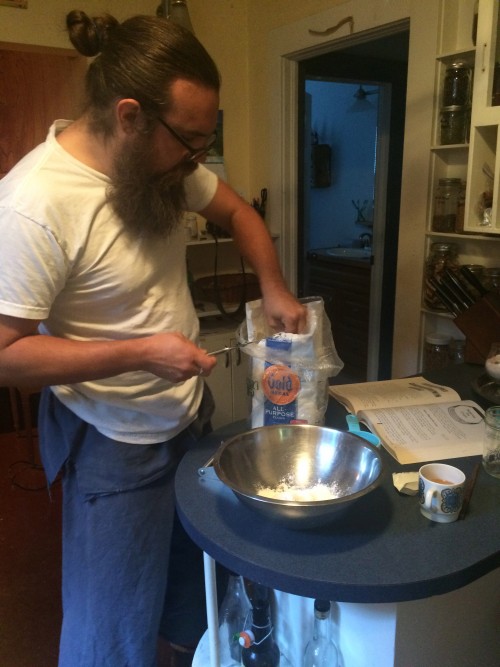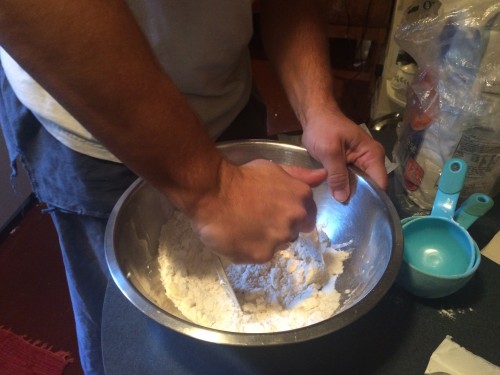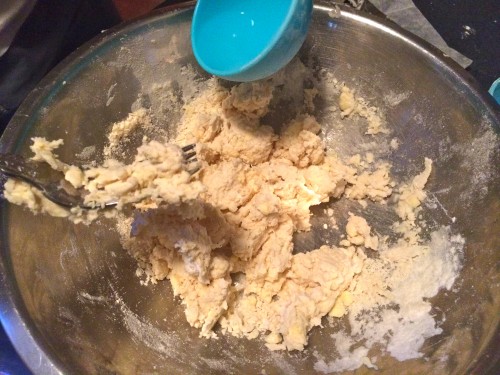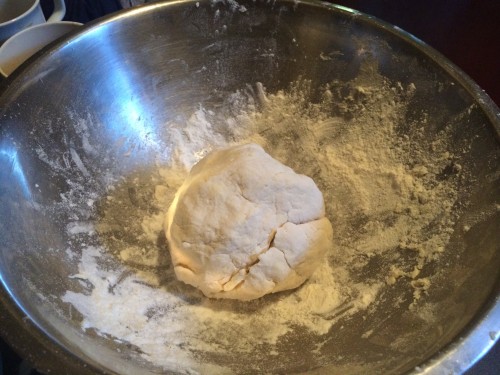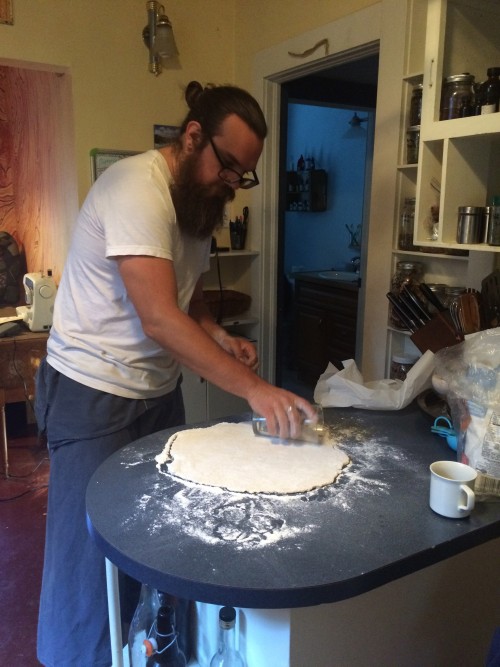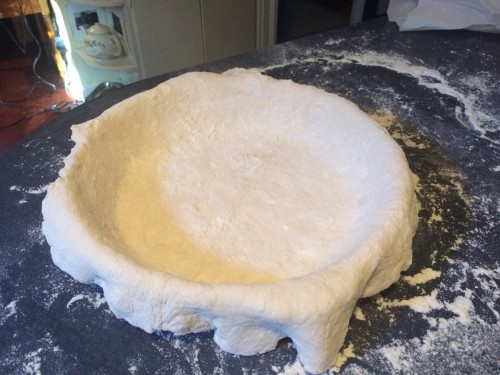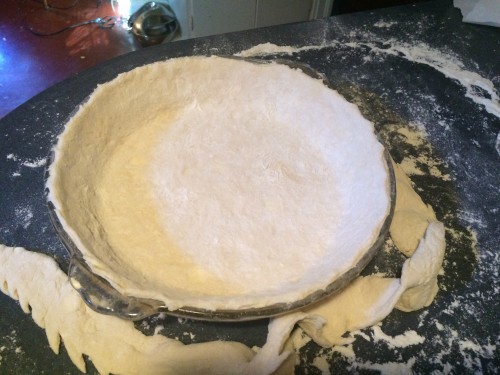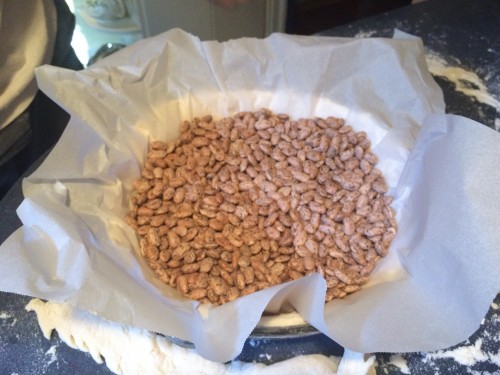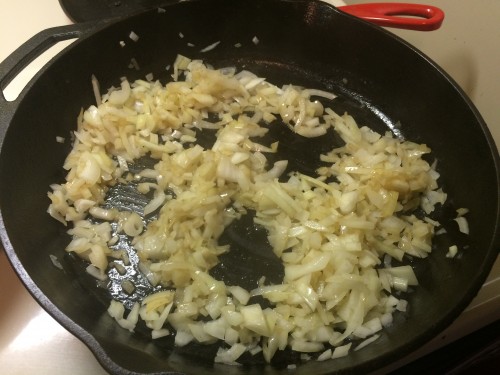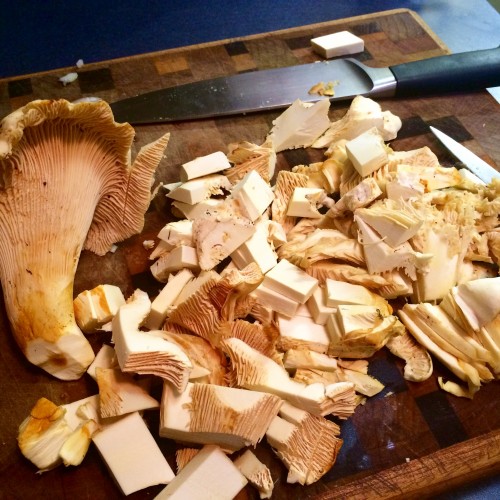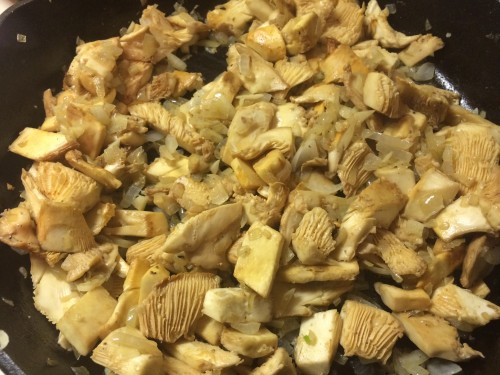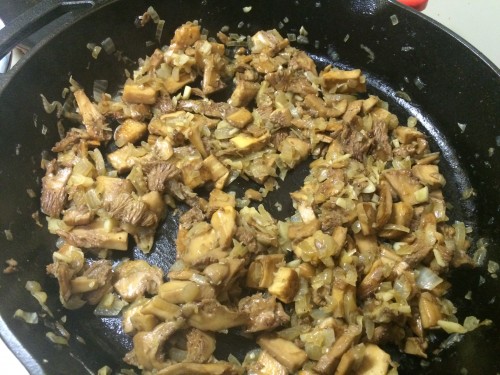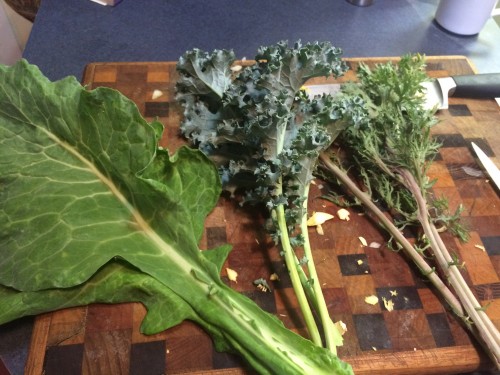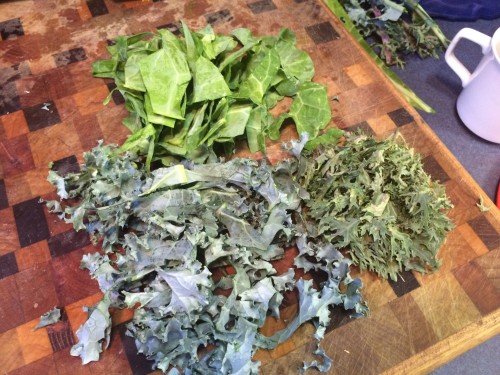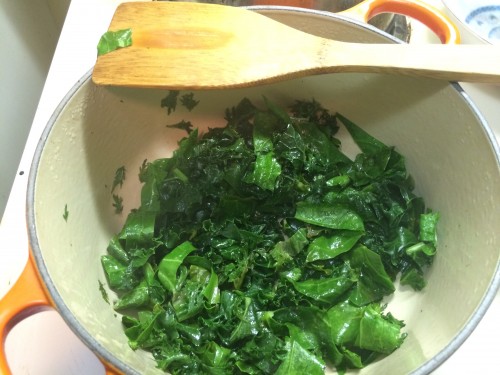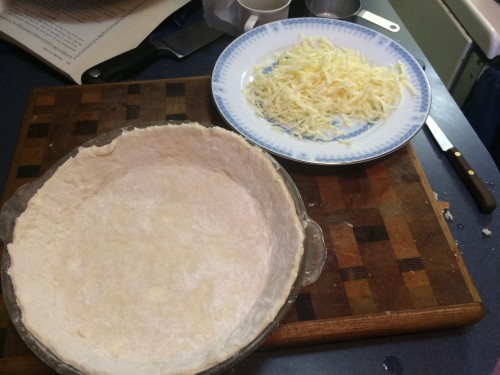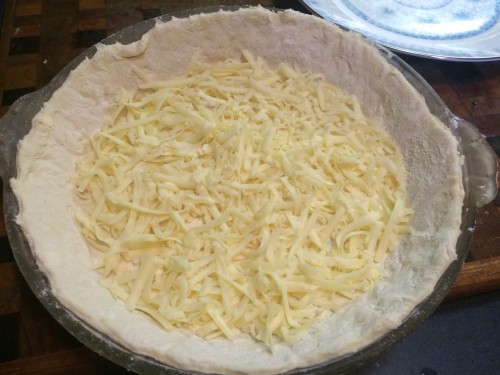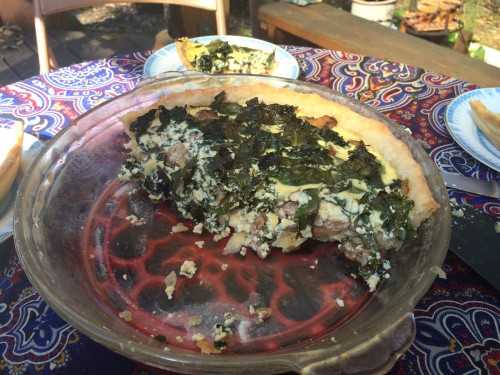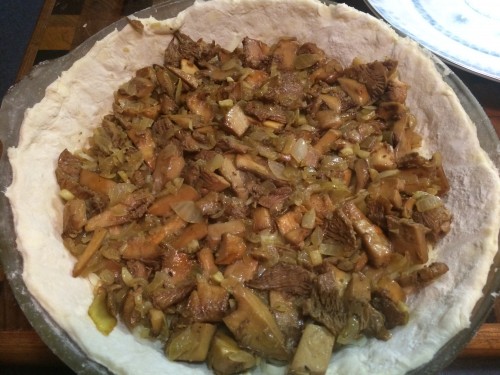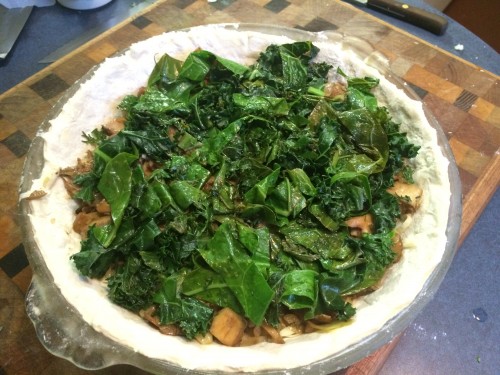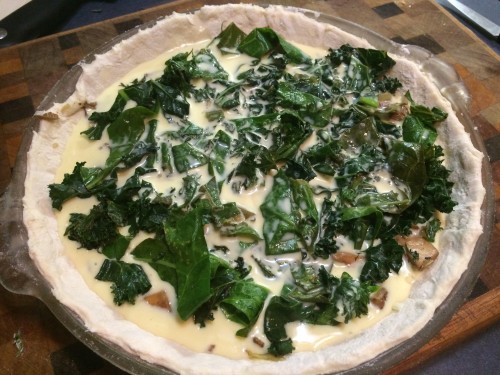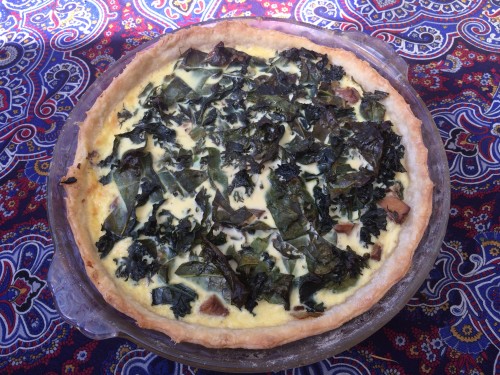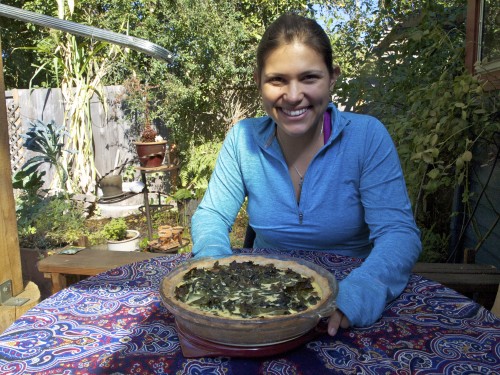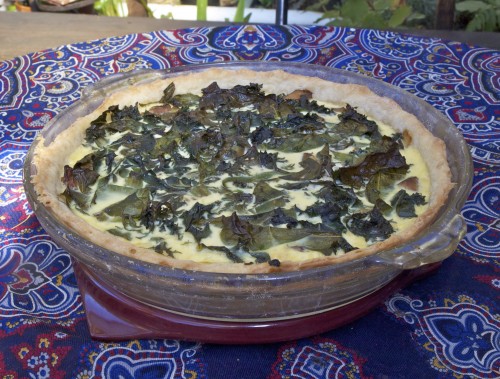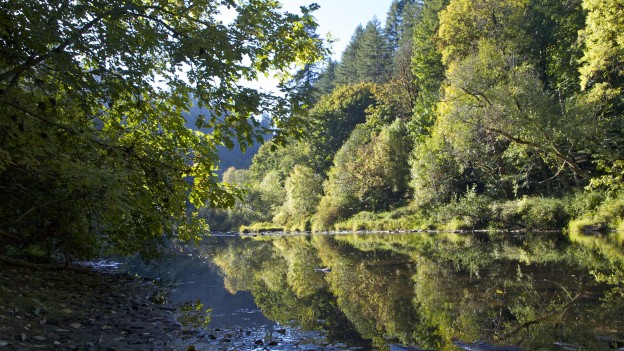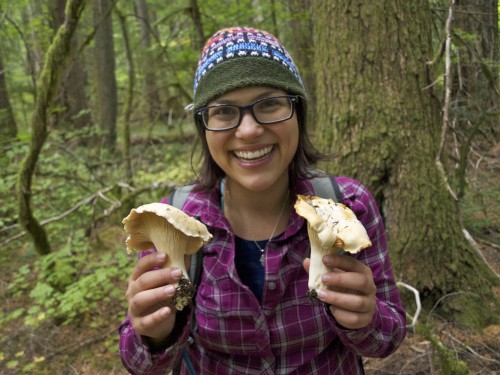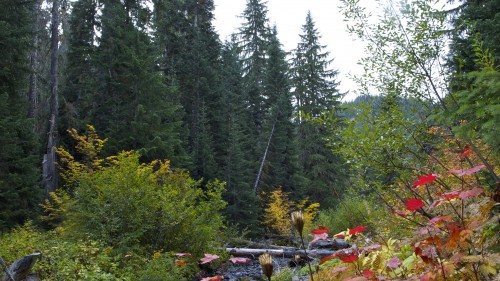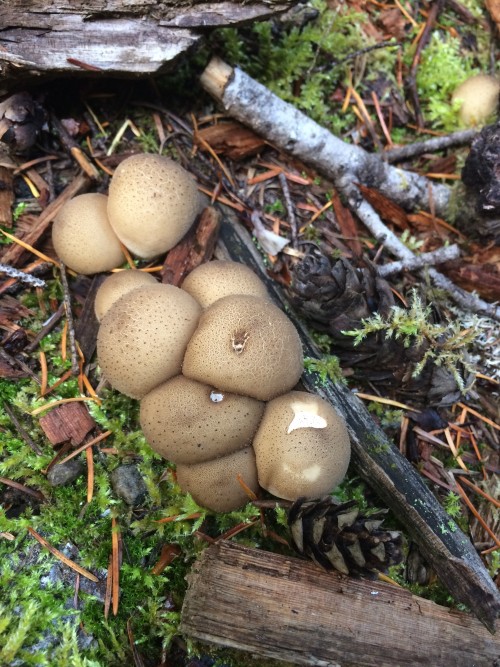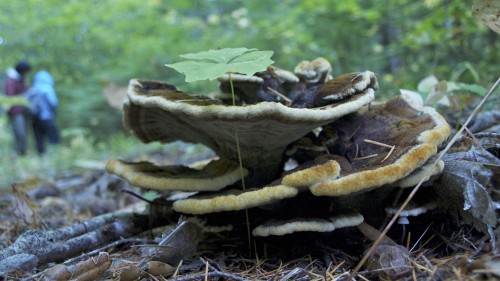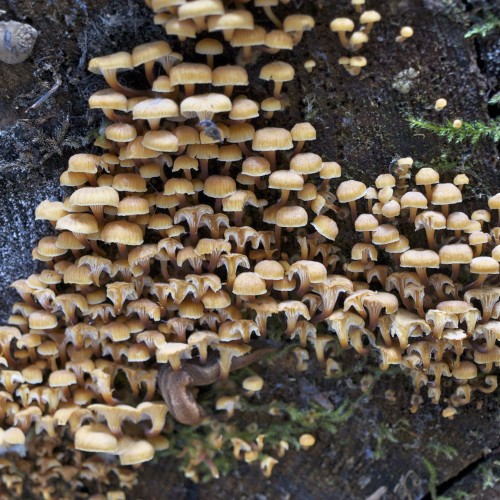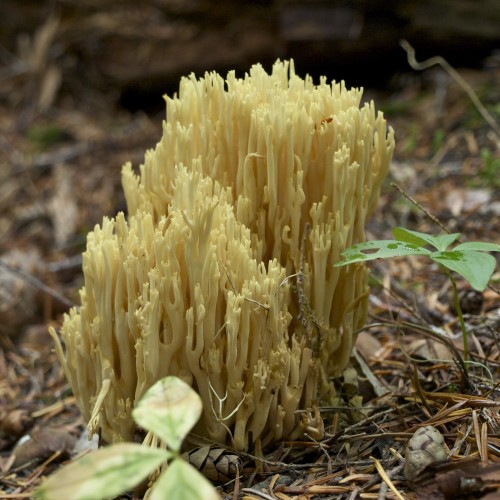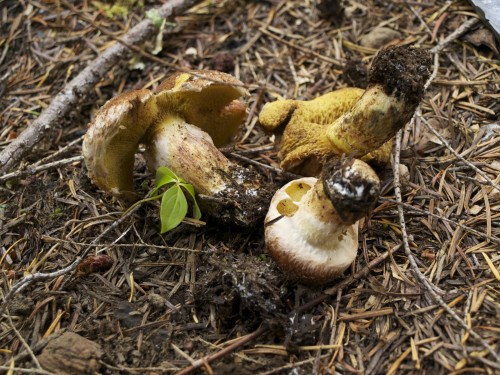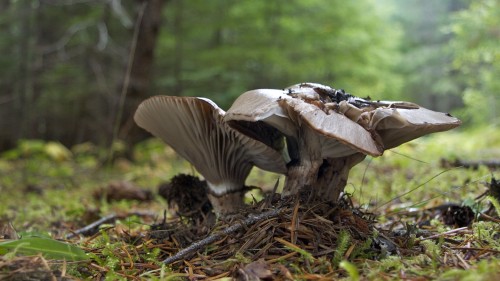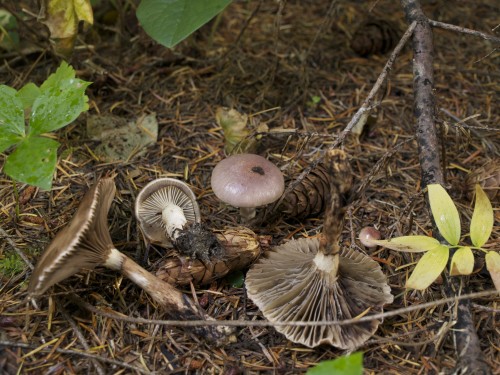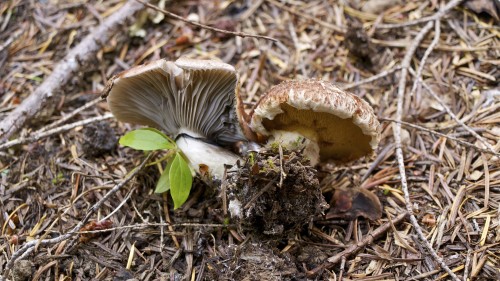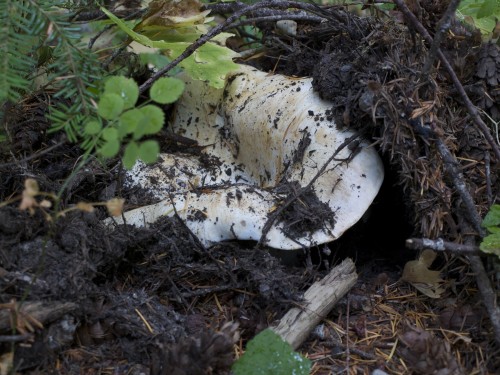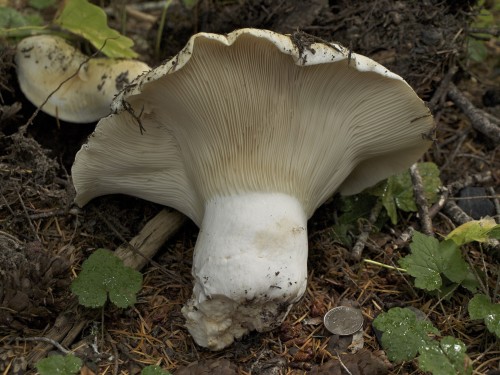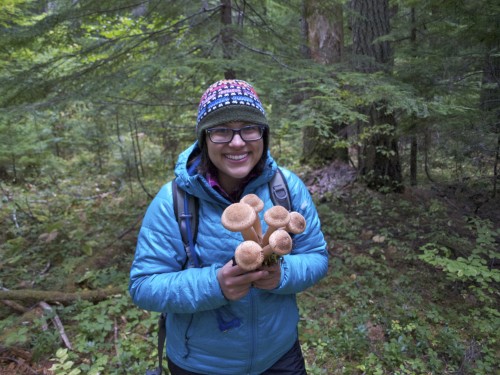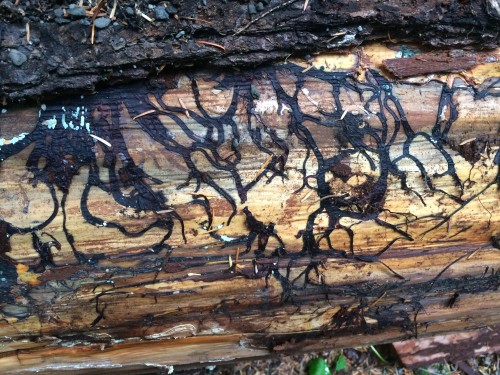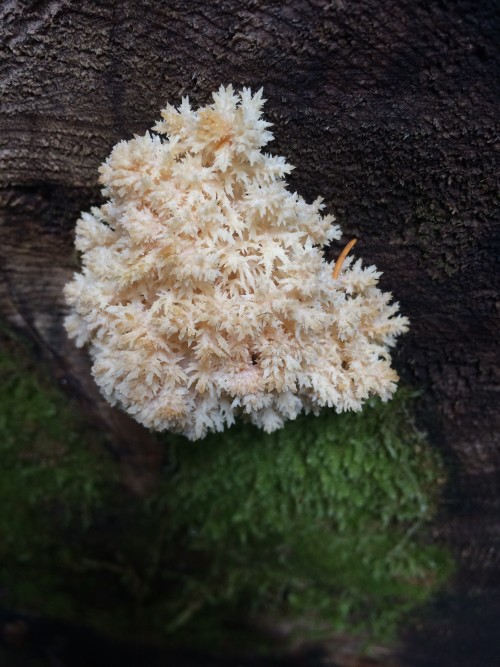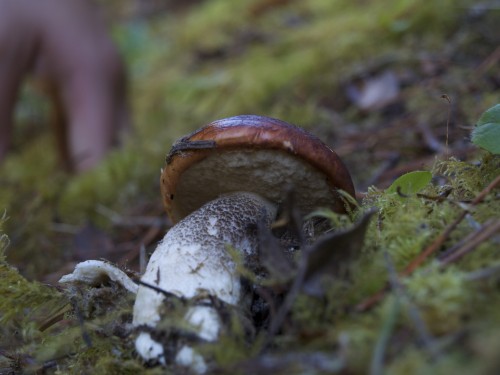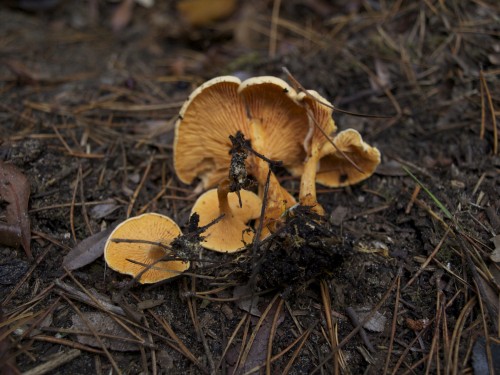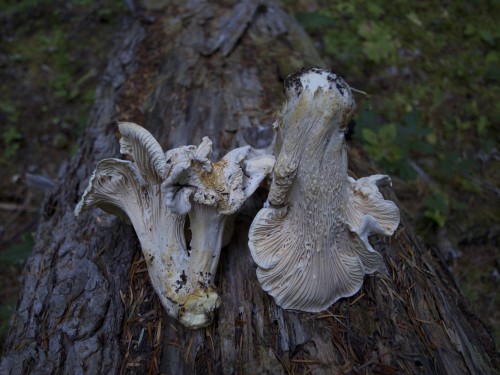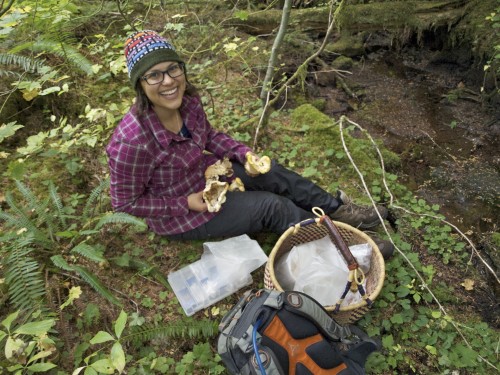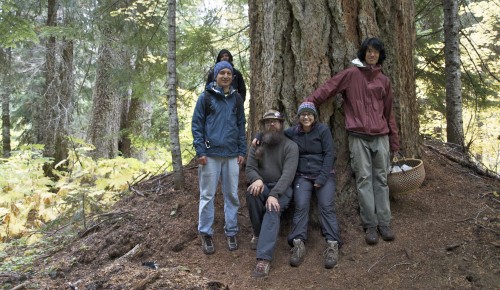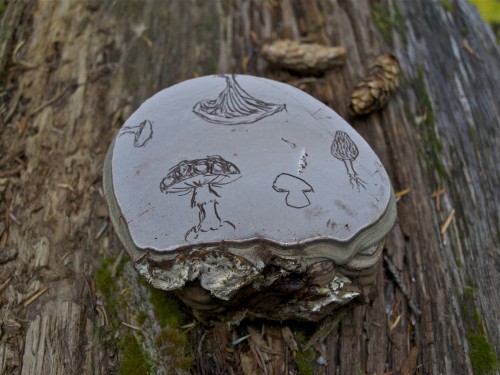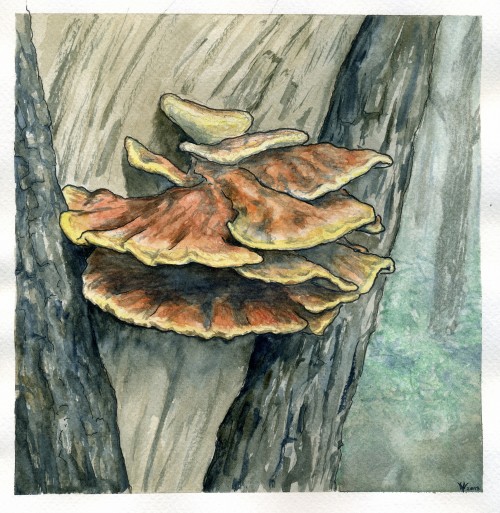
Gorgeous Laetiporus water color by my talented friend Roo Vandegrift; source: https://www.flickr.com/photos/werdnus_roo/11058420284/
Laetiporus gilbertosinii, affectionately referred to as the chicken of the woods, is one of those mushrooms that you don’t really have to be an expert to identify. It is a bright orange shelf fungus and in Berkeley commonly grows sticking out of Eucalyptus trees. The Eucalyptus trees may not be very happy to host it (it’s a disease), however, lucky the mushroom hunter who passes by an infected tree! These mushrooms are nearly impossible to misidentify, as nothing else looks anything like it. However, CAUTION must be used when eating this mushroom because it must be cooked SUPER WELL in order to eat it, otherwise you will likely get sick. If you do find it, and you cook it super well, it is an extremely flavorful, meaty mushroom.
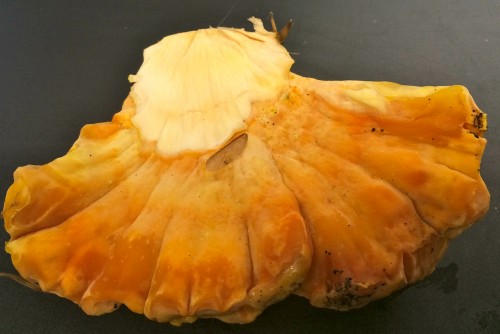
Only eat it when it is in the young and soft bright orange/yellow stage
This semester I am currently teaching a class in mushroom identification to Berkeley undergrads called California Mushrooms. These lucky students get to go outside and hunt for mushrooms for class! If they are super lucky and we find some good edibles, we cook them in class for everyone to try! My next couple posts will likely feature my students and various mushrooms that we try in class.
For chicken of the woods you only want to eat it when it is in the young, soft, and juicy stage. You will not be able to eat it if you find it in this hard, dried up stage. Luckily, some students brought in some fabulous young and juicy specimens to class so we got to try them in lab! Here is our fancy cooking set up in the fume hood of the teaching lab.
You want to be careful with this mushroom and only eat it when it is in the really young, soft, and juicy stage. Isn’t is a gorgeous orange/yellow color?
Before cooking the mushrooms, we brushed off the dirt with a brush and sliced it up into fairly thin slices, so it cooks evenly.
Since we were in the teaching lab we just cook up the mushrooms so everyone can try them, so you won’t be getting any fancy recipes from me in the posts about my class. However, I’ve heard they are really good in tacos!
We cook them up in their purest form – with butter and salt! Again, this mushroom can get you sick if you don’t cook it super well so make sure it is nice and browned before eating it and only eat small amounts at first.
How delicious do these little nuggets of mushroom goodness look? The mushrooms were super flavorful – they actually tasted a lot like cheddar cheese.
Students were super excited to gobble them up! Here is my advisor doling out the mushrooms.
Please feel free to leave recipe suggestions in the comments below!
